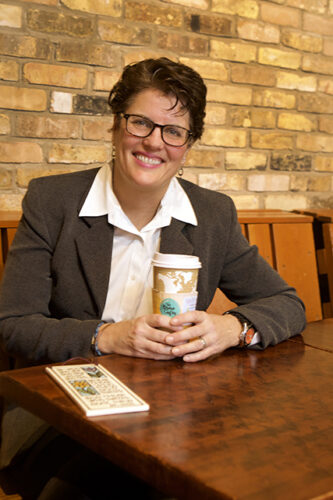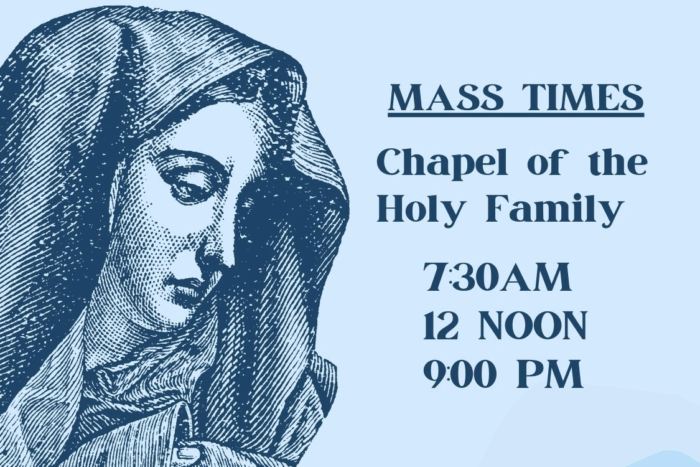
Marquette University’s Center for Teaching and Learning is committed to the professional development of the campus teaching community. The center works with faculty to support sound pedagogical practice while respecting individual learning differences, and helps instructors create a learning environment where teachers and learners can succeed and flourish.
The Center for Teaching and Learning provides faculty, instructors, teaching assistants and staff with opportunities to improve their instruction and develop their classroom pedagogies. All evaluations and support of educators are intended to be formative and are kept confidential within the CTL. This protection includes participation in CTL programs, consultations and communication.
Dr. Jennifer Maney, director of the Center for Teaching and Learning, is responsible for bridging the academic mission with Marquette’s Catholic, Jesuit tradition. She helps support faculty explore their own personal connections with Marquette’s long history and mission and helps develop programming around inclusive classrooms and intercultural engagement across the curriculum.
Here in a Q&A, she discusses her role at Marquette in bringing an inclusive and welcoming environment to the classroom.
In your job, how do you take part in Marquette’s mission to create a diverse and inclusive environment for all students on campus?
My unit is responsible for faculty support in all areas of classroom instruction. Whether or not we do a consultation on an assessment or course design or how to better engage learnings, we do it all in the lens of inclusion. So, we talk with faculty about how representative their syllabus is, whether they use inclusive language to make everyone feel welcome and if they differentiate their teaching to accommodate all sorts of learners.
How important is diversity and inclusion to your work when working with a variety of different faculty and staff members?
This is extremely important. Whether we work with tenured faculty or non-tenured faculty, visiting professors or graduate students, new faculty or seasoned faculty, we talk about how critical it is to be able to welcome students with all kinds of identities into the classroom space. We want each student to feel like Marquette is a place where they see themselves, where they feel safe and where they can succeed by feeling welcome.
How has working with faculty, instructors, TAs, etc. changed over the course of your career with the world moving toward a more inclusive environment?
Yes, I think I would say that the world is a smaller place, and in America, although divided politically and divided on many cultural issues, it still remains a place where theoretically anyone who wants an education should be able to get one – not so much the dollars because that is complicated but they deserve a place where they won’t experience microaggressions or hostility because of some identity marker they hold. And I believe that it’s difficult to live our Catholic, Jesuit mission if the inclusion efforts aren’t also always couched within a sense of justice and solidarity – without that we are just saying words and not living actions.
In your opinion, how important do you view your role in promoting a diverse and inclusive environment on Marquette’s campus?
Well, I am certainly one of many units and individuals working toward this end. But given my proximity to faculty and instructors, I think it’s fair to say that I hold a critical role in promoting inclusion and belonging. And as I said, we cannot talk about inclusion without also talking about the Jesuit mission and vice versa. They have to go hand in hand for us to be authentic.
Are there any challenges that come up while working with such a diverse group of individuals on Marquette’s campus?
Sure, there are always challenges. Sometimes people see themselves as very well versed in this arena when that may not be the case. Some aren’t really interested in these themes or don’t see their role as being a part of the efforts. So, it’s my job to continue to talk about DEI efforts as if they are everyone’s responsibility because they are. The more we can make the discussion of inclusion across all student identities commonplace, maybe we can move the needle where it isn’t just the anomaly but instead the norm at the institution with everyone working toward the same goal.


